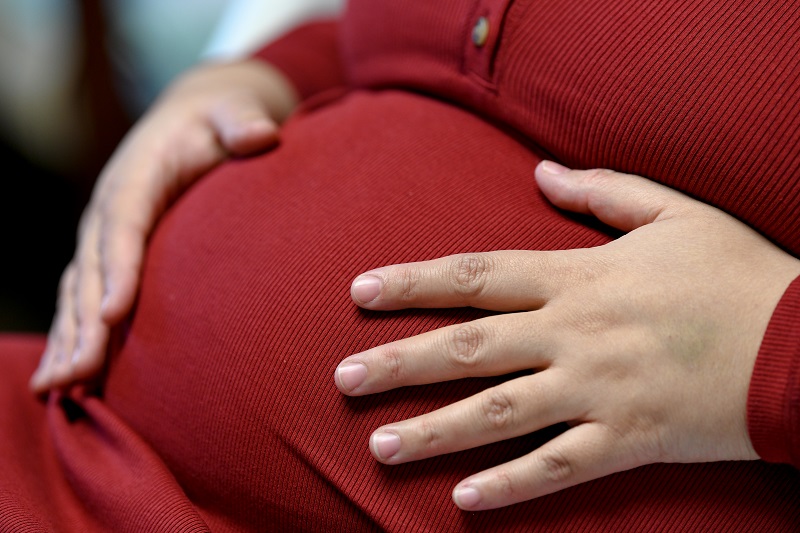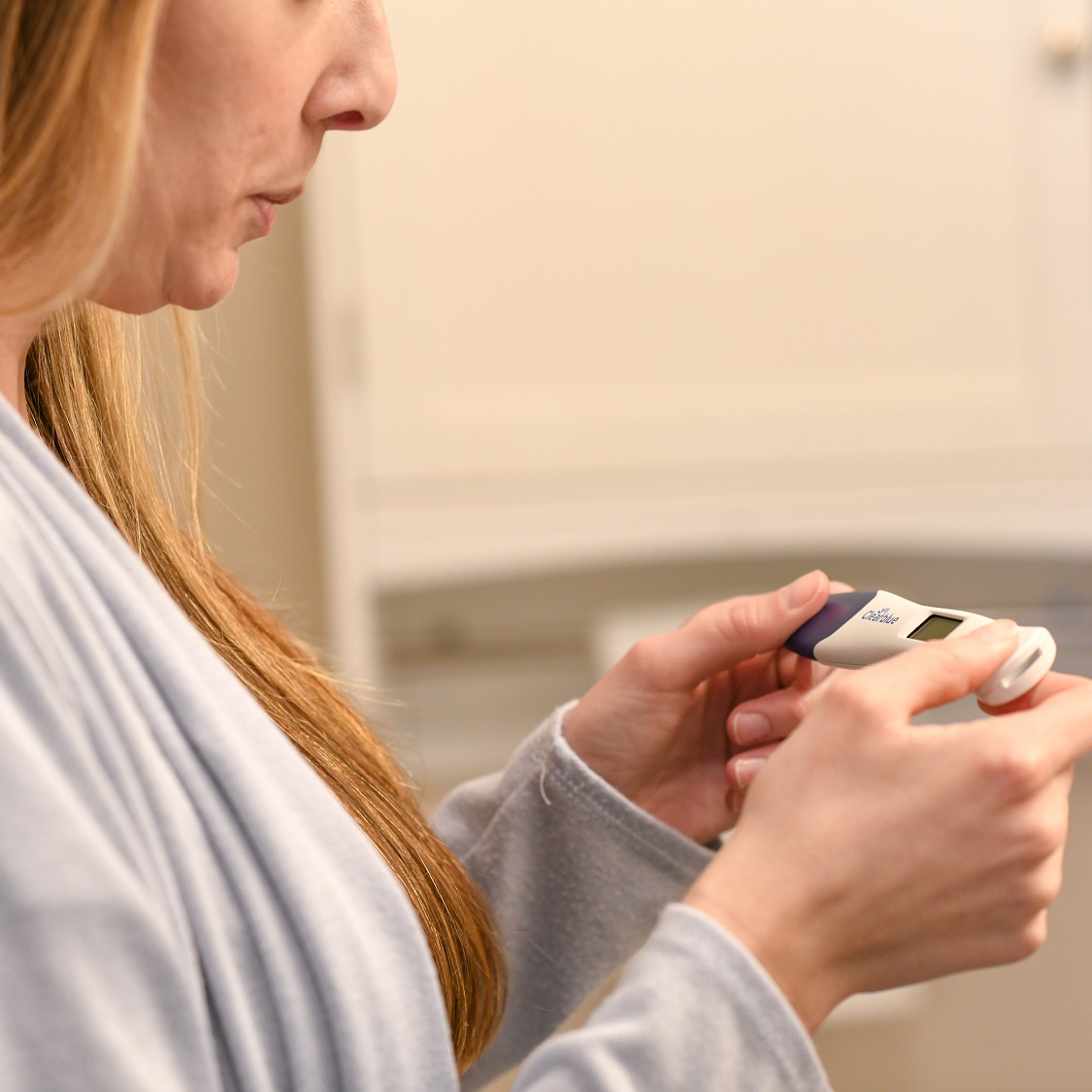Braxton Hicks or Labor Contractions? A Quick Guide to Spot the Difference

January 11, 2023
You’re pregnant, you experience some cramping, and you immediately wonder, “Is this it? Could I be having labor contractions?”
The question can come up anytime during the 2nd or 3rd trimesters of pregnancy, though more commonly in the middle-to-end of the third trimester.. “It’s essentially the uterus gearing up for labor, so that it is more effective in dilating the cervix when it’s time to deliver,” says OB/GYN Joseph Bouganim, M.D. “Called Braxton Hicks contractions, these false alarms or ‘practice contractions’ happen to more than 90 percent of pregnant women.”
How to Spot the Difference
“The uterus has a thick muscle layer, and like any other muscle in the body, it has the ability to contract - which you might feel as the uterus tightening,” Dr. Bouganim explains. “Both Braxton Hicks and true contractions can be felt in the low back or lower abdomen, but only the latter will lead to labor.”
The only way to truly differentiate between true labor and Braxton Hicks contractions is to check the cervix for dilation (which can be done by your provider). However, there are some key differences that can help you determine which type of contraction you are experiencing.
Braxton Hicks contractions:
- Are uncomfortable, irregular contractions that don’t have any defined pattern
- Usually not more frequent than once or twice per hour
- May last from 15 seconds to a couple of minutes
- May be felt at the front or top of the uterus, and only briefly
- Usually relieved with rest and/or hydration
Labor contractions:
- Are more intense, and typically get more painful and more frequent over time
- Last longer, from 30 to 70 seconds, and have a defined start, middle and end
- Involve a pain that may stop you in your tracks as you wait for it to subside
- Pain can be felt starting at the top of the belly and moves down toward the pelvis
- May persist despite rest and/or hydration
Tips to Relieve Braxton Hicks Pain
If Braxton Hicks contractions are painful, try these tips to find relief:
- Change your position or get up and take a walk
- If you were already moving, lie down and rest
- Drink plenty of water (make sure you are always well hydrated)
When to Call Your Doctor
Don’t hesitate to contact your doctor if you have concerns about any symptoms or changes in your body. Contact or visit your doctor right away if you observe:
- Consistent contractions – Braxton Hicks contractions are usually not consistent, and will get better with fluids and rest, so if you experience a repetitive, persistent pattern of contractions, contact your doctor
- Decreased fetal movement – be aware of how much your baby normally moves throughout the day, and if you notice they have stopped moving, contact your doctor
- Leaking fluid or vaginal bleeding
“You shouldn’t be too concerned about Braxton Hicks contractions, but it’s important to be open with your OB-GYN about what you’re feeling and when, and to identify a pattern if there is one,” says Dr. Bouganim. “Try to bear with this ‘dress rehearsal,’ which will better prepare you for the big event that’s coming soon.”
Next Steps & Resources:
- Meet our source: Joseph Bouganim, M.D.
- To make an appointment with Dr. Bouganim, call 732-974-8404. To schedule with another OB/GYN near you, call 800-822-8905 or visit our website.
- Find a childbirth class near you so that you can be even more prepared when the time comes
The material provided through HealthU is intended to be used as general information only and should not replace the advice of your physician. Always consult your physician for individual care.







